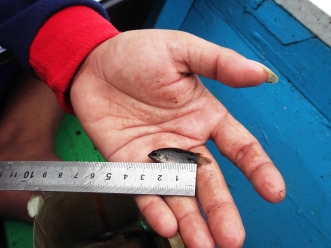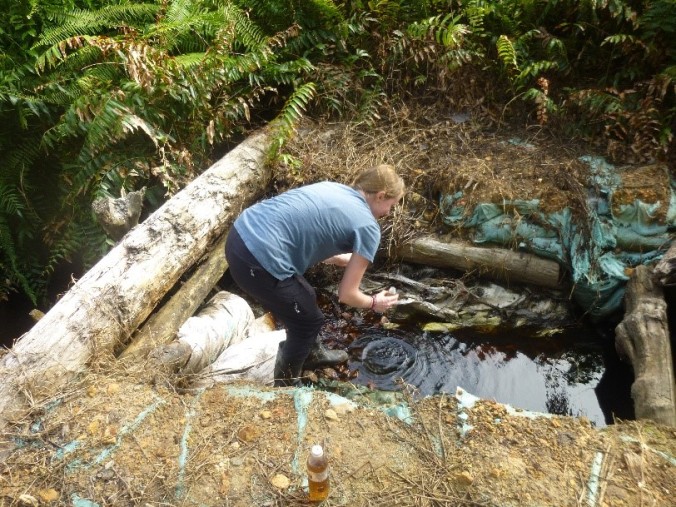In an article published this month in the journal Conservation Biology members of the UKTPWG and colleagues identify and map threats to the recently-described intact peatlands of the Pastaza-Marañón Foreland Basin in north-east Peru. They highlight the need to protect these peatlands to avoid future degradation, and identify several key pathways for conservation.

The Mauritia flexuosa palm at the site of Quistococha
The authors found that, in their case study area, the main threat to peatland health is the expansion of commercial agriculture linked to the development of new transport infrastructure, which makes it easier for companies to access remote areas.
Although some of the peatlands in the PMFB were found to fall within existing legally protected areas such as national parks, this protection is patchy, often weak, and not focused on protecting the most carbon-rich areas.
The article argues that conservation efforts should be focused in the first instance on the most carbon-rich peatlands, such as those north of the Marañón which currently lie entirely outside of the legally protected areas.
The paper’s authors are based in the School of Geography and Sustainable Development at the University of St Andrews (Roucoux, Lawson), the University of Leeds (Baker), University of Edinburgh (Mitchard), University of Reading (Kelly), Instituto de Investigacion de la Amazonía Peruana (del Castillo Torres, Honorio Coronado), Carnegie Institution for Science, Washington DC (Draper), Arizona State University (Lahteenoja), George Mason University (Gilmore), and the Field Museum, Chicago (Vriesendorp).
Link to the accepted manuscript: http://onlinelibrary.wiley.com/doi/10.1111/cobi.12925/full







